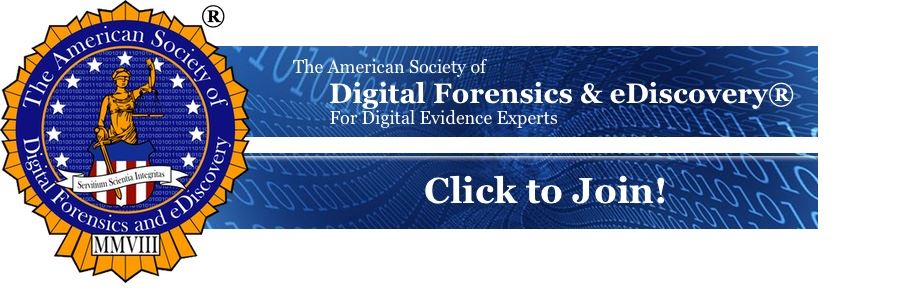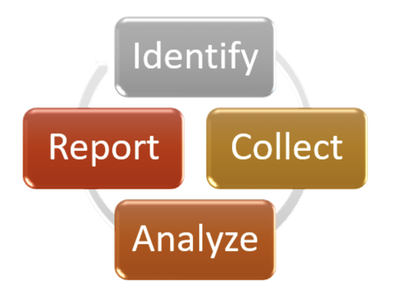-
-
Digital Forensics Approach
-
Digital Forensics ApproachThe pervasive integration of digital technology into both professional and personal spheres has given rise to an array of data sources. Common sources include desktop computers, servers, network storage devices, laptops, and portable digital devices like PDAs, cell phones, digital cameras, and audio players. Recognizing and understanding these diverse data sources is crucial for analysts conducting digital investigations. Identify: Identifying potential digital forensic evidence in cybercrime investigations and electronic discovery lawsuits demands a systematic and thorough approach. Investigators should focus on various computing devices, including computers, laptops, servers, and mobile devices, examining internal and external storage media. Network infrastructure, such as routers and firewalls, must be scrutinized for logs and communication patterns. Additionally, the analysis extends to storage devices like external hard drives, USB drives, and cloud storage accounts. Digital communications, including emails and instant messaging logs, provide insights, and meticulous examination of system logs and file systems aids in detecting anomalies or unauthorized access. Cloud services and peripheral devices, like printers and cameras, may also yield relevant data. Investigating internet artifacts, such as browser history and cached data, is crucial, as is extracting information from mobile devices, including call logs and GPS data. Collaboration with IT and legal teams ensures a comprehensive and legally sound approach to evidence identification, acquisition, and preservation throughout the investigative process. Collect: After identifying potential data sources, the analyst must execute a three-step data acquisition process. This involves developing a data acquisition plan, acquiring the data, and subsequently verifying the integrity of the acquired information. During this phase, it is essential to create multiple copies of relevant files, maintaining a master copy and a working copy to ensure the preservation of original data. Additionally, capturing significant timestamps and addressing technical aspects like hidden files and Analyze: Following data acquisition, the analyst delves into the analysis phase, employing a methodical approach to draw conclusions. This involves identifying individuals, locations, items, and events while establishing relationships between them. Correlating data from multiple sources, such as network intrusion detection system logs and host audit logs, aids in constructing a comprehensive understanding. Specialized tools like centralized logging and security event management software play a vital role in automating data gathering and correlation processes. Report: The final phase is reporting, wherein information derived from the analysis is prepared and presented. Analysts face several considerations during this phase, including accounting for alternative explanations when information is incomplete. Knowing the audience is crucial, tailoring reports for law enforcement, system administrators, or senior management based on their specific needs. Reporting also involves identifying actionable information that may lead to new data sources or preventive measures. Analysts should address problems identified during the investigation, such as policy shortcomings or procedural errors. Continuous Improvement: Many forensic and incident response teams conduct formal reviews after major events, considering improvements to guidelines and procedures. Changes are implemented, and team members are informed and reminded regularly. This iterative process ensures that the team remains updated on the latest procedures and best practices, enhancing the overall effectiveness of digital forensics and incident response efforts. Digital forensics is challenging. It begins with the identification of diverse data sources to a three-step data acquisition process involving planning and verification. It requires a methodical approach to analysis for drawing conclusions, and the importance of tailored reporting considering alternative explanations and audience needs, and the significance of continuous improvement through formal reviews and regular updates for forensic and incident response teams. | JOIN A S D F E D |

 are critical components of the collection process.
are critical components of the collection process.